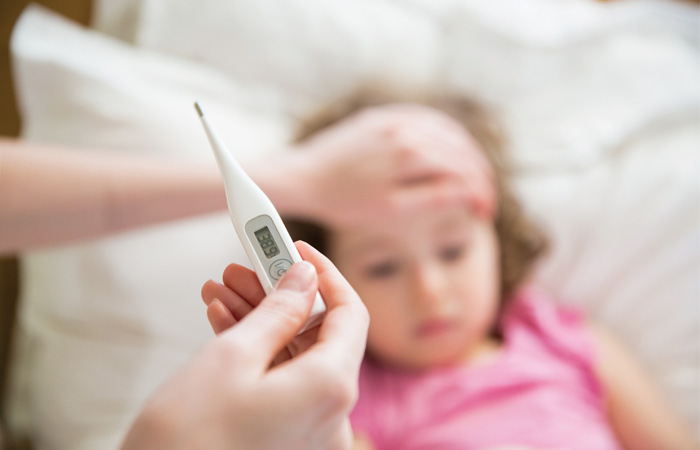Understanding the problem
There are three routes by which someone can catch a cold:
- Touching a person who has infected droplets on their skin, for example, holding their hand, and then touching their own face
- Touching an object or surface contaminated by infected droplets, for instance, a tissue or worktop that has been sneezed over by an infectious individual, and then touching their own face
- Ihaling droplets of fluid that contain the virus as a result of someone who is infected sneezing or coughing nearby.
This explains how colds spread, particularly among people in close contact, for example, children in a school or work colleagues who share a small office.
Cold germs can live on hands for around 20 minutes and surfaces for 24 hours, while remaining infectious, so it’s important to know of simple steps that can help reduce the risk of spreading colds. These include:
- Frequently washing hands thoroughly with warm water and soap
- Not sharing household items such as cups
- Avoiding touching the face
- Using tissues when sneezing or coughing and putting them in the bin as quickly as possible.
Cold symptoms
As the virus infects the upper respiratory tract, this is where the main symptoms occur. A blocked or runny nose, sneezing, cough, sore throat, loss of taste and smell, watery eyes and a feeling of pressure in the ears are all common symptoms. Headache, achiness and a raised temperature may also occur as the body works to fight the infection. Children are more likely than adults to have a raised temperature. Babies may be restless and irritable, not feed or sleep as well as usual due to nasal congestion, and be sick as a result of coughing.
Symptoms usually last about a week, although some symptoms – cough in particular – may last up to a fortnight or longer.

